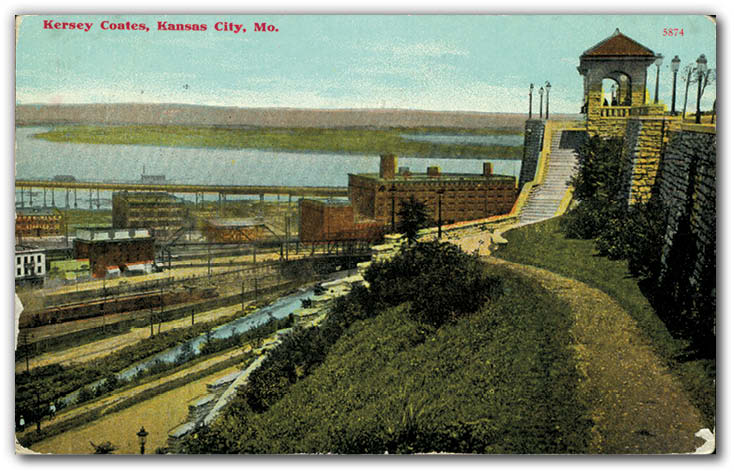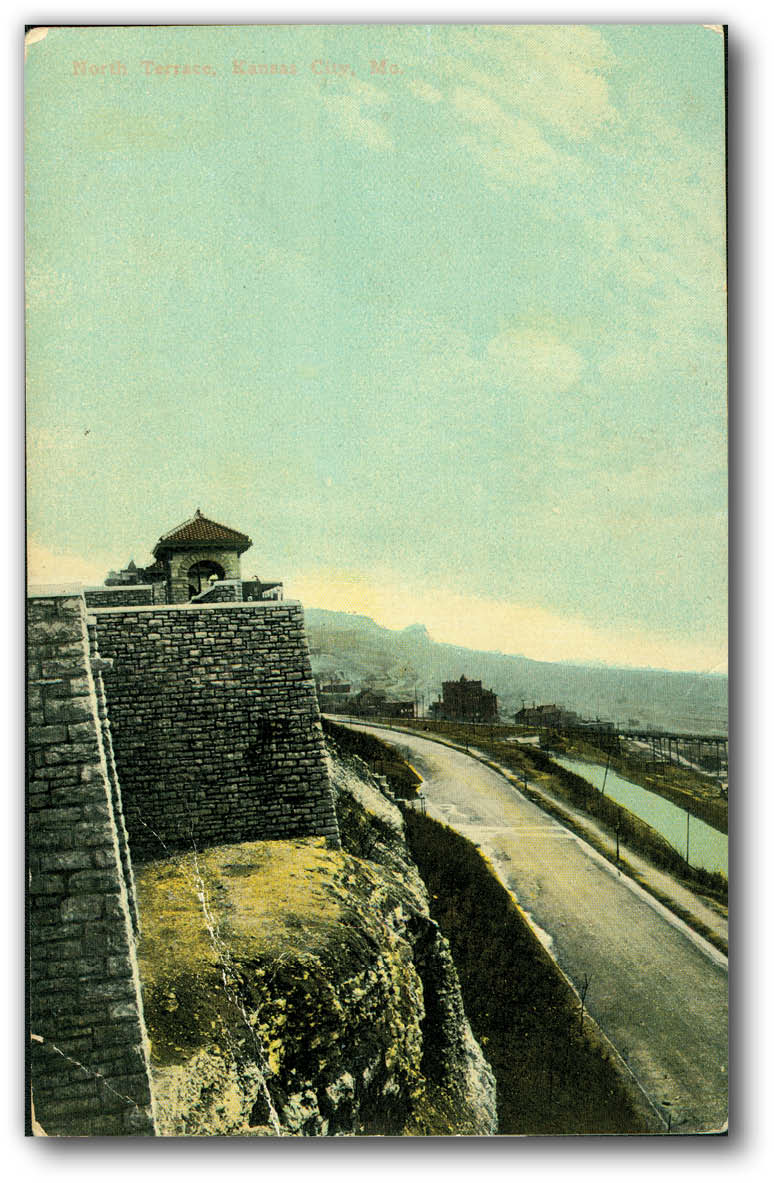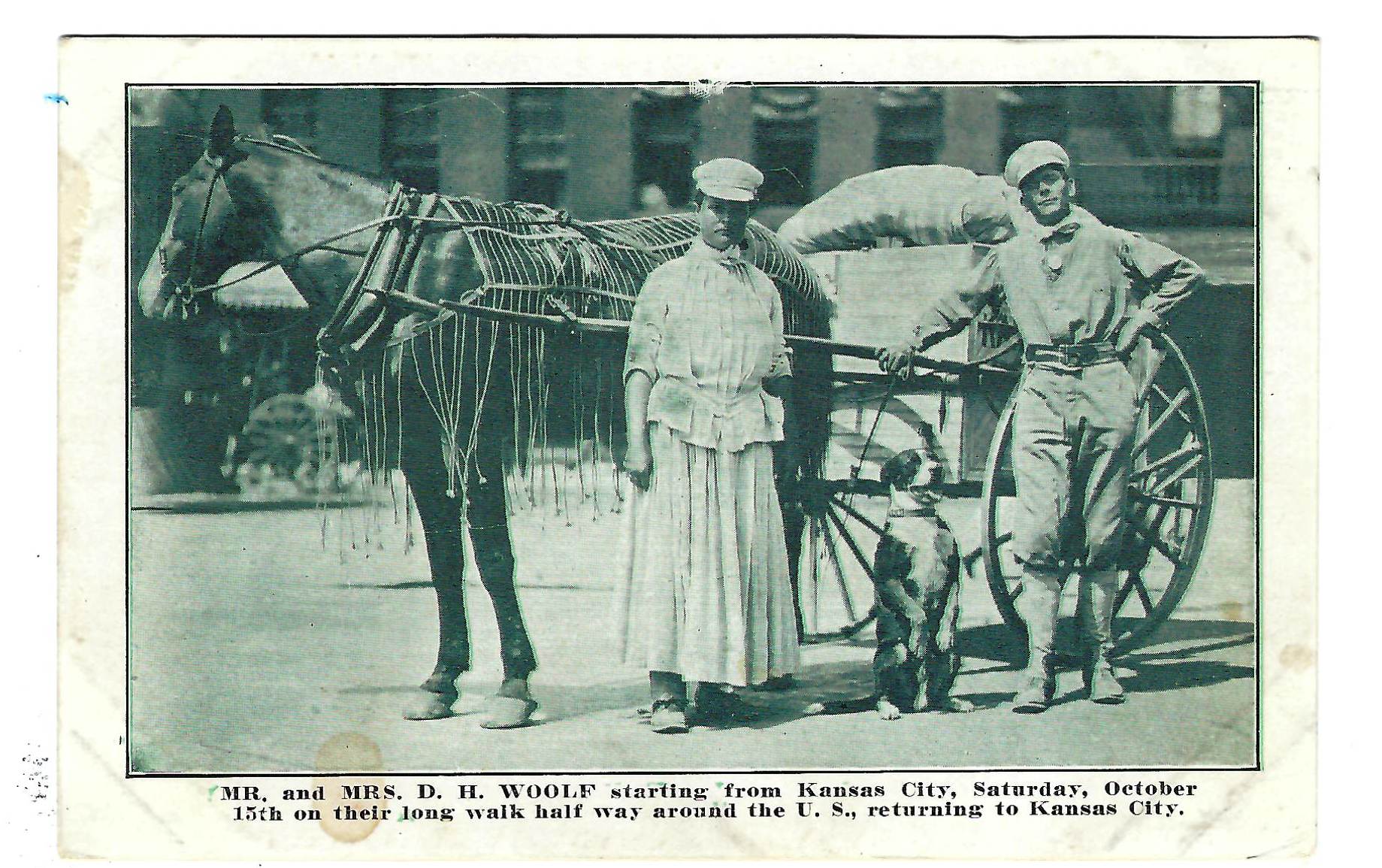By Michael Bushnell
Northeast News
March 2, 2016
West Terrace Park was one of Kansas City’s first parks originally proposed by Landscape Architect George Kessler in his plan to develop a “city within a park” in Kansas City.
Kessler, then a superintendent in the village of Merriam, Kan., was hired in 1892 by the new Parks Board to design a series of parkways and boulevards for Kansas City. Kessler’s initial plan centered on redeveloping three key areas of Kansas City into attractive areas for public use. North Terrace Park, Penn Valley Park and West Terrace Park were all initially undertaken by the Parks Board led by August R. Meyer.
Kessler’s massive overhaul of the West Bluffs began in the late 1800s and was ultimately completed in 1907. Once a shabby, overgrown hill covered with shacks and brush, Kessler made the 30-acre West Terrace Park his flagship project for Kansas City’s then fledgling Park Board. The new design incorporated twin “cupola” style towers, constructed of native limestone, overlooking the West Bottoms. A formidable wall and a set of stairs cascaded downward toward Kersey Coates Drive. A fountain with benches lay inside the inlet at the foot of the stairs. Kessler was lauded for his undertaking and was ultimately responsible for the design of Kansas City’s internationally recognized Parks and Boulevard system.
These two postcards show a north and south view of the completed West Terrace Park with Kersey Coates Drive below. The card showing the view looking north also shows the inter-city viaduct and the massive Helmers Furniture warehouse in the distance.
One of the cards was mailed on Aug. 2, 1908, to Miss Florence Sandt, who resided in the luxurious Fountain Place apartments that once stood near the intersection of the Paseo and Independence Boulevard.
The message reads, “Florence, I am sorry I can not see you again. I forgot to tell you something important. I am staying at J. O. Freid’s, 3024 Campbell. Bell phone, don’t remember the number. Call me up, if I am not there, leave your number and will call you. I will go home tomorrow. R. D. McCaslin.”




















